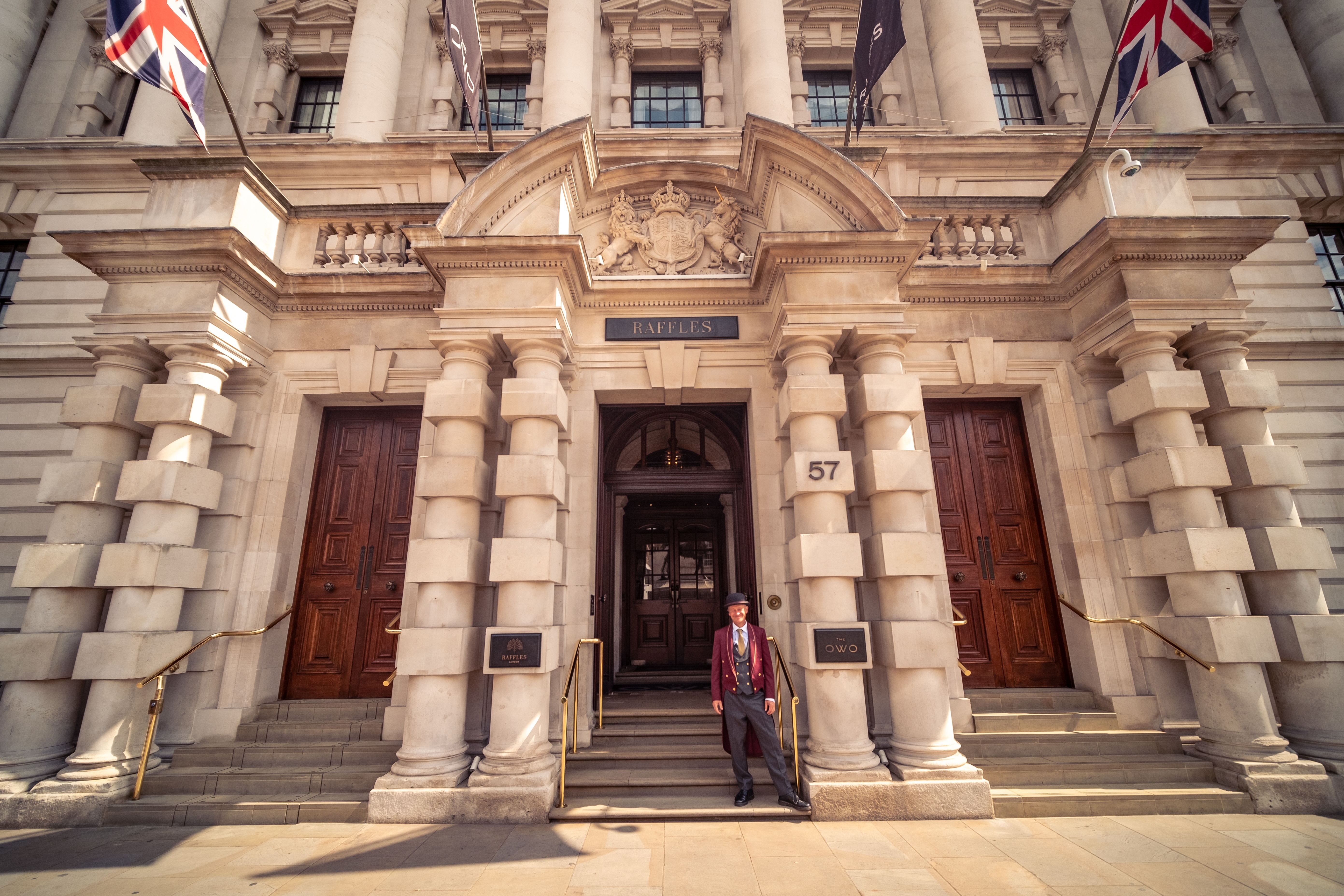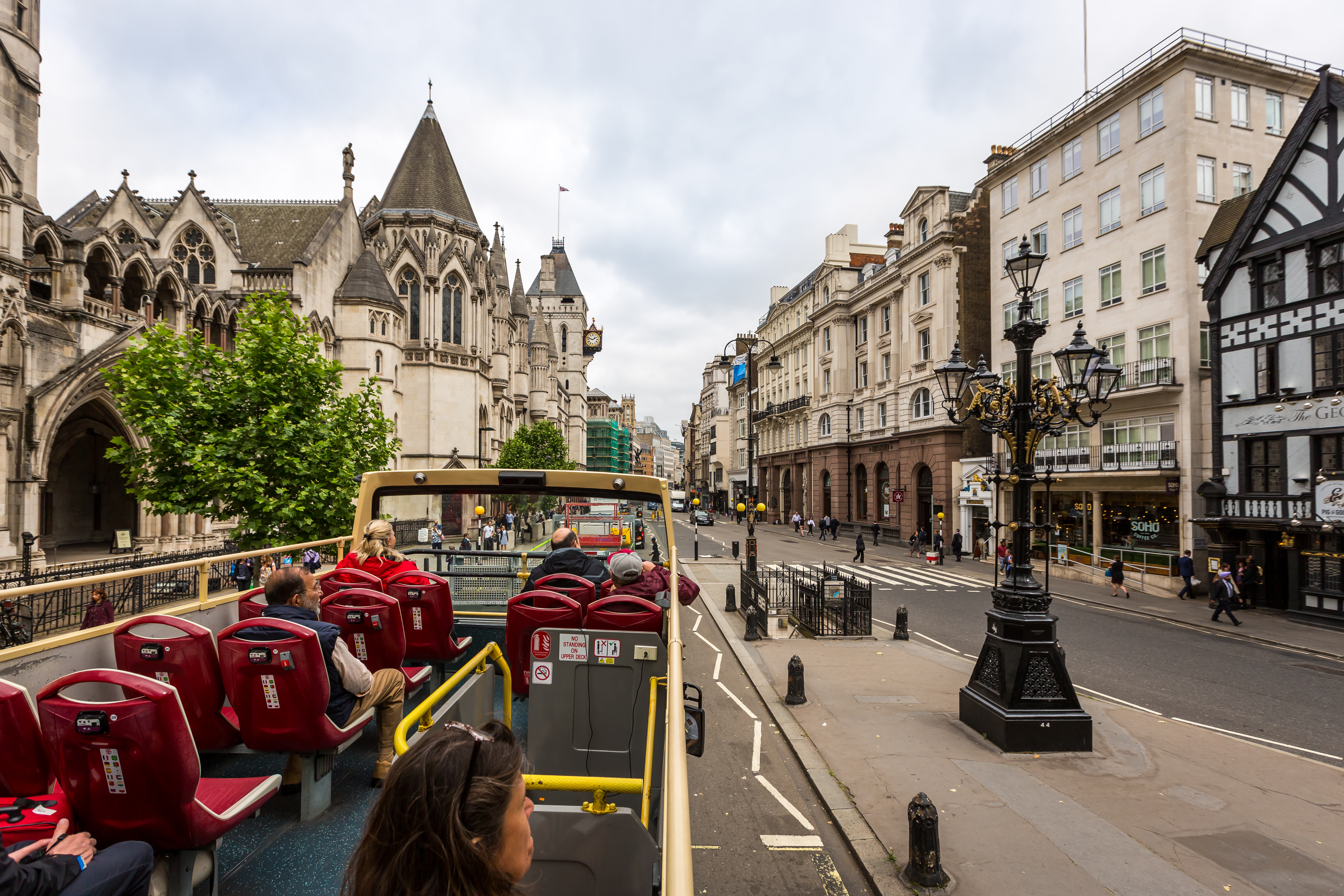The Best Places to Live in Somerset
Somerset, of cider and cheddar cheese fame, is a rustic county tucked away in the hillocks of south-west England. Abloom with apple orchards, Roman architecture, and untamed countryside, Somerset is unrivalled in its natural beauty, pastoral enchantment, and hospitality.


The county is defined by its tight-knit community, bound by a love for indulgent meals as well as a sense of pride in Somerset’s rich heritage. Read on to discover the best places to live in Somerset.
1. Frome
Perched on the banks of the River Frome, the namesake town is a rich tapestry of history, art, and natural beauty. Its splendour has been recognised and rewarded – it was crowned “the best place to live in 2023” by Muddy Stilettos magazine based on popular vote. It has also been proclaimed the “sixth coolest town in Britain” by The Times.
Somerset’s largest town is built up with mediaeval streets, independent stores, and charming markets. Bursting with tales of the bygone, the town is home to Roman ruins and castles from the Middle Ages. Its industrial history is particularly impressive, as it used to be a thriving wool, cloth, and metalwork hub. While these industries have dwindled, they have left behind a legacy of over 350 listed buildings.
At present, Frome has married contemporary dynamism with its history. It is a haven for modern artists, given that it is abounding with specialist craft shops and creative businesses such as media houses and 3D printing ventures. With its extravagant retail therapy potential owing to vintage stores and designer boutiques, coupled with the joyous abandon of endless food festivals, Frome is certainly a fun place to be.
Also Read: Best Places to Stay in the UK for Families
2. Widcombe, Bath
Situated within the gilded city of Bath across the River Avon, Widcombe is one of Somerset’s most coveted districts. Widcombe is indeed a fanciful British town, with its steep streets and stunning Georgian buildings. Numerous listed buildings, such as the Crowe Hall, the Widcombe Manor House, and the Widcombe Crescent, epitomise the town’s luxuriant beauty. Located a few miles south of Bath Spa Railway, one of Widcombe’s crown jewels is the Bath Skyline, which is a 4-mile stretch offering breathtaking views of the Roman city, its woodlands, and orchards.
The high street is populated with specialised shops, independent boutiques, pubs, delis, and grocery stores, all of which reside in ornate mediaeval structures, carrying an air of regal elegance. As such, this bucolic retreat is undoubtedly affluent and highly reminiscent of old Britain’s aristocratic allure.
Also Read: Good Areas to Live in Wales
3. Wells
Wells is a cathedral city, poised at the southern edge of the Mendip Hills. It is one of the smallest cities in England. Wells was a small Roman settlement that evolved into a notable city in the early 13th century. This was due to the establishment of the Wells Cathedral and the Bishop’s Palace, which underscored its status as the bishop’s seat, an honour shared with the city of Bath (the joint bishopric was called the “Diocese of Bath and Wells”). The Cathedral and Palace are magnificent mediaeval baroque structures – the Cathedral has been referred to as “the most poetic of all English cathedrals.”
From renowned schools to exclusive designer stores, contemporary retail outlets, markets, and high-end restaurants, this bijou town has the best of both worlds – the dynamism of the present and the spiritual serenity of the past.
Also Read: Safest Areas to Live in London for Families
4. Bruton
Bruton is a market town well known for its verdant landscape, heritage educational institutions, and modern artistic pursuits. Slightly cast away from the rest of Somerset’s towns, Bruton possesses a strikingly unique character. Mediaeval chapels, stores, and terraced homes crowd the comely streets, and the River Brue meanders through the heart of the town, all of which harmonise to create quite a utopian picture.
The historic schools are among Bruton’s greatest treasures – King's Bruton was established in 1519 and Sexey's School was established in 1891, both institutions having upheld their remarkable standards to this day. The town is also known for being one of Somerset’s most prominent centres for arts and crafts – it hosts the internationally acclaimed Hauser and Wirth gallery, which celebrates international modern and contemporary art.
Also Read: Nice Places to Live in Kent
5. South Petherton
South Petherton is a large village at the southern tip of Somerset, exalted for its distinct honey-hued hamstone architecture. With its discerning beauty and cosmopolitan vibrance, South Petherton has been hailed as “one of the coolest places to move to in the UK,” according to The Times. South Petherton’s utterly unique aesthetic shines through every nook and cranny of its streets. Silver Street's 14th-century manor house and the 16th-century Wigborough Manor House are exceptionally emblematic of the region’s novel countenance.
With its Roman heritage and roster of mediaeval homes, South Petherton is still one of Somerset’s most in-vogue villages. It hosts a plethora of natty indie cafes, the Michelin-starred restaurant Holm, and a treasure trove of independent produce markets. In addition to being equipped with several esteemed schools and nurseries, South Petherton certainly has verve running through its veins, as evidenced by its flourishing performing arts culture.
Also Read: Best Places to Live in Edinburgh
6. Wellow
Wellow has been designated one of Britain’s poshest villages. As such, it is Somerset’s most affluent region, with the average house price sitting at £1 million. Owing to its special historic and natural significance, Wellow falls under the Cotswolds Area of Outstanding Natural Beauty and has been a sanctioned “conservation area” for four decades. It has been a site of Neolithic settlement, mediaeval conquests, and world wars. It has borne witness to bloodshed, crusades, colonial triumphs, and early industrial development.
Bedecked in English country greens, Wellow is certainly blessed with raw beauty. Like most quintessential English villages, it is rather small but self-sufficient, with a school, retail outlets, a church, and a community playground. Analysts have credited its outstanding community life, quality stables, and spirited pub culture for its hefty net worth.
Also Read: Where to Live in Birmingham?
7. Hinton St. George
Hinton St. George has been lauded as one of Somerset’s most unchanged alcoves. Steadfastly rooted in its rural core, Hinton St. George has its very own local shop, post office, church, and a lone pub. There are 234 properties in Hinton, most of which are listed.
With evidence of settlement dating as far back as the 12th century and a history of feudalism, the village is peppered with ancient relics and listed structures. The 15th-century Village Cross, 13th-century church, Tudor manor homes, and almshouses dating to the 1600s are some of the village’s hallmark structures. The village school was built back in 1850 by the Poulett family, a feudal clan that led the village for four centuries.
There are local shops for everything, from essentials such as groceries to indulgences such as designer apparel. The village also boasts an active cultural pulse, with the Ilminster Arts Centre continually hosting live performance arts events.
Somerset’s rugged beauty is inimitably beguiling, with its serenity, character, and promises of unbridled happiness. Its allure has been aptly worded by American writer John Steinbeck, who said, “Time loses all its meaning; the peace I have dreamed about is here.” It is no wonder that this county’s rustic charm has captured the fancy of so many – it’s time to pursue respite and discover your haven in Somerset.



